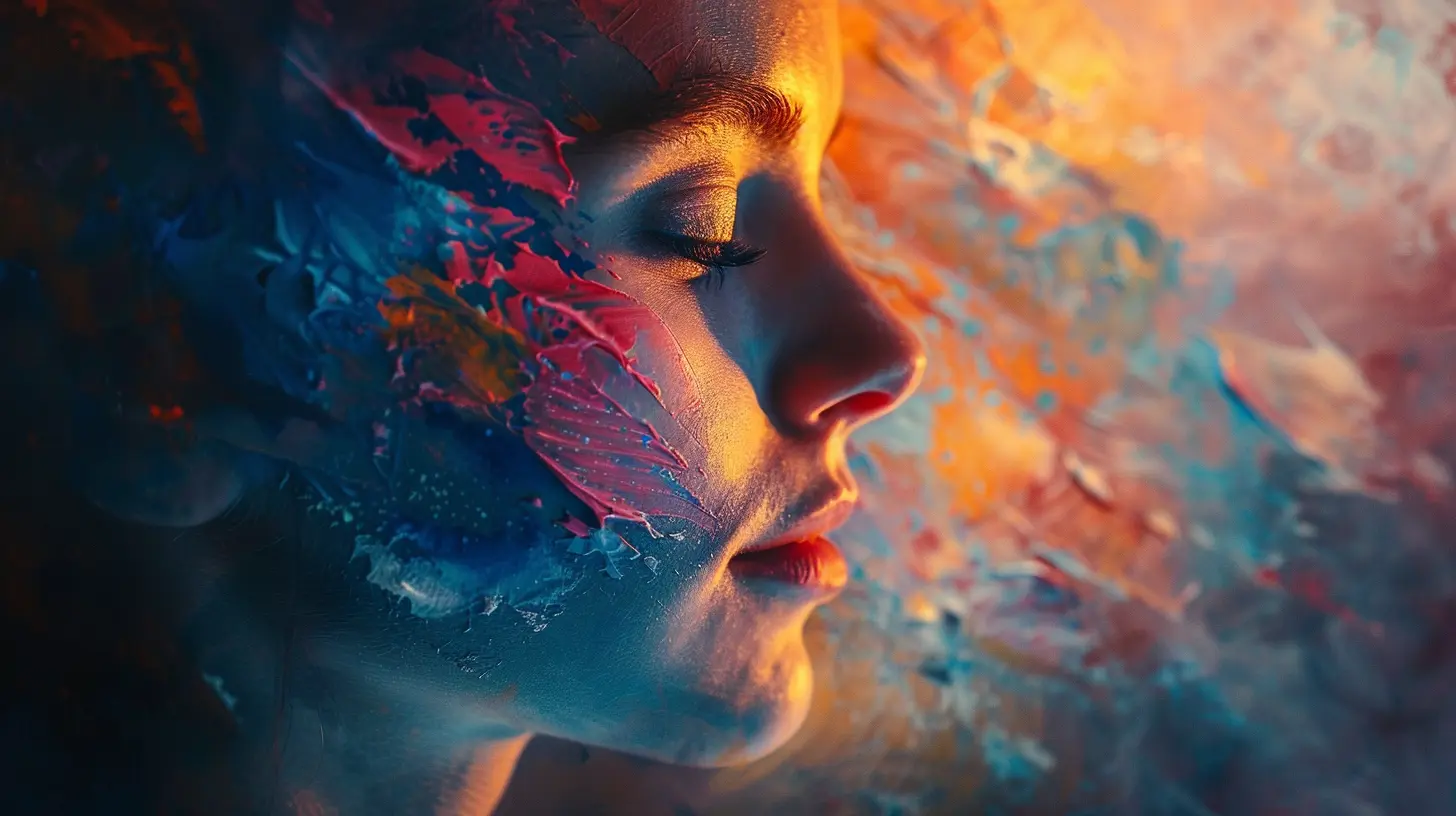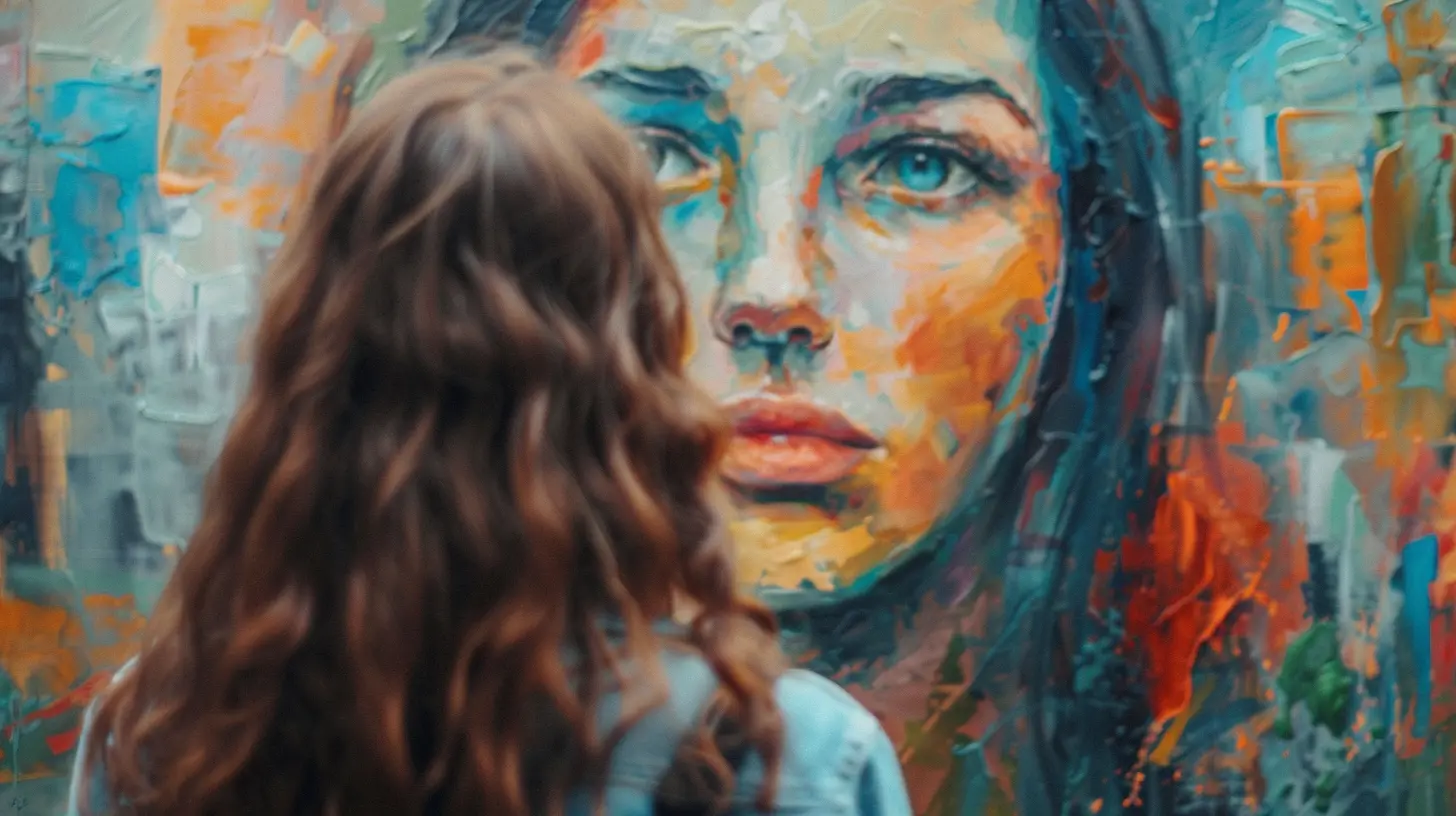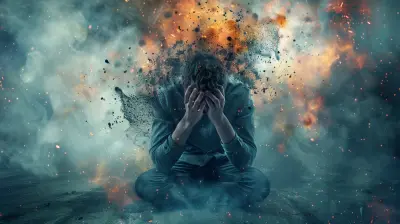The Role of Art Therapy in Improving Teen Mental Health
14 September 2025
Teenagers today are going through a lot. From social media pressure to academic expectations, and everything in between—it's no wonder mental health issues are on the rise among teens. But here's something not many people consider right away: art therapy. Sounds simple, right? But don’t let the simplicity fool you—art therapy can be a powerful tool for helping teens navigate the challenges of adolescence.
In this article, we’re going to dive deep into how and why art therapy works wonders for teen mental health. Whether you're a parent, educator, therapist, or just curious, this is something worth understanding.
What Is Art Therapy, Anyway?
Before we jump in, let’s get clear on what art therapy actually is. At its core, art therapy is a form of psychotherapy that uses creative processes—like drawing, painting, sculpting, or even collage-making—as a means of expression and healing.It’s not about creating museum-worthy masterpieces. In fact, no artistic skill is needed. The goal isn’t the final product, but how creating that art helps a person express thoughts, emotions, and experiences they might not have words for yet.
Art therapy sessions are typically guided by a licensed art therapist who helps interpret patterns, themes, or emotional clues that come out during the creative process.
Why Mental Health in Teens Needs More Attention
Let's face it—being a teenager isn't a walk in the park. You've got raging hormones, peer pressure, identity crises, and the never-ending stress of school or family drama. Add in the constant scroll of Instagram, Snapchat, and TikTok, and it's a recipe for anxiety, depression, or worse.According to the CDC, rates of teen mental health issues, especially anxiety and depression, have increased significantly in the last decade. And while therapy is certainly helpful, many teens hesitate to open up in traditional talk therapy. This is where art therapy steps in.
How Art Therapy Helps with Teen Mental Health
So, what makes art therapy so effective for teens? Let’s break it down.1. Gives a Voice to the Voiceless
Teenagers often struggle to articulate what they’re feeling. Sometimes, they might not even know what they’re feeling. Art provides a safe outlet to express emotions they can't put into words.Think of it like this: emotions are kind of like tangled headphones. Art is the process of untangling them. And once a teen can "see" what they're feeling on paper, it becomes easier to talk about it—or even just understand it themselves.
2. Reduces Stress and Anxiety
Ever notice how coloring or doodling can feel… oddly relaxing? That’s not just a fluke. Engaging in creative activities can lower cortisol levels (the stress hormone), induce a flow state, and promote mindfulness. For teens constantly juggling school, friendships, and inner turmoil, this can be a game-changer.3. Boosts Self-Esteem
Teens are in a constant battle with self-worth. Art therapy allows them to create something unique, something that's theirs. Accomplishing a task—even a small drawing—can help build confidence. It’s a reminder that they can create, express, and overcome.4. Encourages Emotional Regulation
Angry? Sad? Frustrated? Art helps channel those emotions into a healthy, constructive activity. Instead of lashing out or shutting down, teens can paint their pain, sketch their stress, or mold their mood into clay. Pretty cool, right?5. Promotes Safe Self-Exploration
Teens are trying to figure out who they are. Through art, they can explore their identity, values, and dreams without judgment. It also allows therapists to gently guide conversations that might be difficult for teens to initiate.
Common Techniques in Art Therapy for Teens
There’s no one-size-fits-all approach when it comes to art therapy, but here are some techniques often used with teens:Painting Emotions
Using colors to represent emotions can be revealing. A teen may paint a stormy sky to represent anger or a flowy river for peace. It’s abstract but powerful.Collage Vision Boards
This technique helps teens visualize their goals, values, or even fears. It's empowering and gives them clarity about what’s important in their lives.Scribble Art
Sounds silly, right? But uncontrolled scribbling allows teens to release pent-up energy and emotion. Afterward, they can shape the scribbles into something meaningful—literally turning chaos into clarity.Mask Making
This one’s symbolic. Teens create masks that portray their "outside" and "inside" selves. It opens the door to deep discussions about identity, self-perception, and vulnerability.Journal Art
Combining drawing with journaling is a powerful combo. Teens can write a journal entry and then illustrate a part of it. This helps connect thoughts with emotions, reinforcing understanding and self-awareness.Who Can Benefit from Art Therapy?
Honestly? Just about every teen.But it’s especially helpful for those dealing with:
- Depression or anxiety
- Trauma or PTSD
- Eating disorders
- ADHD
- Behavioral issues
- Grief and loss
- Low self-esteem
It’s also beneficial for teens who are neurodivergent or have learning disabilities. Why? Because it doesn’t rely on verbal expression—it’s all about visual, sensory communication.
Real-Life Results: Does It Actually Work?
You might be wondering—okay, sounds nice, but does it really work?Yes. And the research backs it up.
Several studies have shown that teens who participate in art therapy experience:
- Decreased symptoms of anxiety and depression
- Improved emotional expression
- Better school performance
- Lower rates of self-harm
- Improved peer relationships
In other words, art therapy is more than just “arts and crafts.” It’s therapy that speaks the teen language—without needing a dictionary.
Art Therapy vs. Traditional Talk Therapy
Here’s the thing: talk therapy is great, but it’s not for everyone—especially teens who might clam up when someone asks, “So, how does that make you feel?”Art therapy sidesteps that conversation barrier. It allows teens to show rather than tell. And once they've had that outlet, they're more likely to open up and engage in deeper conversations with their therapist.
Also, art therapy can be integrated with other therapeutic approaches like CBT (Cognitive Behavioral Therapy) or DBT (Dialectical Behavior Therapy) for even better results.
How Parents and Educators Can Support Art Therapy
Curious about how to get teens involved in art therapy or creative expression? Here are some tips:Start at Home
No need for fancy materials. Keep a sketchbook, some markers, and other art supplies handy. Encourage your teen to doodle, paint, or create when they’re stressed. No judgment—just expression.Seek Out a Professional
Licensed art therapists are trained to guide teens through the process safely and effectively. Look for certified professionals in your local area or consult your teen's school counselor for referrals.Incorporate Creativity in Schools
Encouraging creative expression in educational settings can help identify struggling teens early. Art classes, creative assignments, or even optional art clubs can make a significant difference.Common Myths About Art Therapy Busted
Let’s clear up some common misconceptions.Myth 1: You need to be artistic.
Nope. Art therapy is about expression, not talent.
Myth 2: It's only for "serious" mental health issues.
Also false. While it helps with serious conditions, art therapy is beneficial for everyday stress and emotional regulation too.
Myth 3: It’s just arts and crafts.
Please don’t say this to an art therapist. It’s a structured, therapeutic process with psychological goals—not a Pinterest project.
Final Thoughts: Creating Space for Expression
If there’s one thing we all need—especially teenagers—it’s space. A space to feel, to express, to be vulnerable. Art therapy offers that space in a creative, non-threatening way.So whether your teen is facing emotional struggles or just needs a way to decompress, art therapy might be the key to unlocking a healthier, happier mindset.
Think of it like this: sometimes the heart speaks best through a paintbrush. And maybe that’s exactly what your teen needs.
all images in this post were generated using AI tools
Category:
Mental Health In AdolescenceAuthor:

Nina Reilly
Discussion
rate this article
1 comments
Katalina Castillo
Art therapy: a colorful path to teen wellness!
September 26, 2025 at 4:33 PM

Nina Reilly
Thank you! Art therapy truly provides a vibrant and expressive outlet for teens, fostering emotional healing and wellness.


